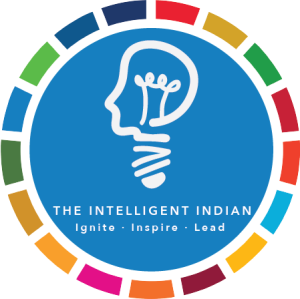What are Sustainable Development Goals ?
The UN Sustainability Development Goals are a set of 17 unique goals that diverge to fulfil one purpose, which is to achieve an improved and more sustainable future for all. The Sustainable Development Goals (SDGs) were born at the ‘United Nations Conference on Sustainable Development’ in Rio de Janeiro in 2012. The idea was to generate a set of universal goals that meet the urgent environmental, political and economic challenges facing our world.
History of SDGs
Before the SDGs were the Millennium Development Goals (MDGs) that were formed in 2000 with their primary objective of dealing with acute hunger and poverty, prevention of life threatening diseases, and educating children other development priorities. The MDGs achieved numerous goals and gave experience enough to start drafting new goals. One of the valuable lessons learnt from them was to leave no one behind and target those vulnerable classes that are usually left behind. This further prompted governments to commit towards shared progress and towards formation of more inclusive goals. What makes these goals inimitable is that they cover issues that affect us all and require our bold commitment to tackle some of the most pressing challenges that humankind has to deal with.
Outline of the goals
These 17 goals are symbiotic, meaning success in one affects success in others. To summarize, tackling the problem of hunger, clean water and sanitation directly influences good health and well-being which is inclusive of quality education being provided to every individual. Educating individuals and encouraging gender equality fuels industry, innovation and infrastructural growth. This would in turn help eradicate poverty. Another area that needs our immediate attention is climate action. Responsible consumption and production of energy impacts how we maintain economic growth without compromising on our natural resources. A healthier environment would substantially improve life on land and water leading to a sturdy foundation for sustainable cities and communities. These goals form the basis of the real world problems that we deal with such as equal pay for equal work, menstruation taboos, pollution management, pandemic diseases, empowerment of weaker sections of the society etc. A balanced approach to all the above would aid in fostering peaceful and stronger institutions through partnership of nations that are committed towards unified prosperity.
Role of India
India has played an important role in shaping the Sustainable Development Goals. The responsibility for overseeing SDG implementation is entrusted to the National Institution for Transforming India (NITI Aayog), which is the premier policy think tank of the Government and is chaired by the Prime Minister of India. Around the world, countries have taken up multiple initiatives and flagship events to spread awareness and encourage sustainable development.

What is our duty?
These goals form a blueprint of measurable and universally agreed objectives which every individual can contribute towards. They direct us to a path between present and the future we want for ourselves i.e. in the year 2030. It is important that we keep questioning ourselves if we’re moving in the right direction and not to wait until 2029 to figure out if our approaches are working. In short, this is Plan A and our greatest chance to heal and secure our planet not only for us but for our future generations.

Very Insightful!
LikeLiked by 2 people